In this article I’m going to be looking at how the worlds of 3D printing and video gaming come together to create games, models, advertising and merchandise. I’ll look at the process of designing a game using 3D software right through to 3D printed prototypes and finished, saleable models and other items.
As we know, the world of video gaming is massive and a very lucrative worldwide market to be involved with. Alongside the popularity of the games themselves comes the “fandom” of players and that desire to have something physical to have on display or play with. This could be anything from a figure of a main character to game controllers and stands. Gamers will not only spend their hard-earned cash on the game but are also prepared to go that bit further and get the merchandise that comes with it.
This is where games developers are cashing in, so to speak and are always keen to exploit this equally lucrative market. But they need to be sure that their original designs are produced in “real life” to a high-quality representation of their intellectual property. This is where 3D printing comes into play by allowing developers to make prototypes of the merchandise before it goes into mass production.
But there is also the first step in this journey, the game itself and developers are increasingly using 3D printers to test out characters, buildings, vehicles and weapons to see how they work and feel in a real-world environment.
So, how do we get from drawing board to digital game and then store shelf? Let’s take a walk through the various stages of development to final product.
Game design – Characters and Accessories
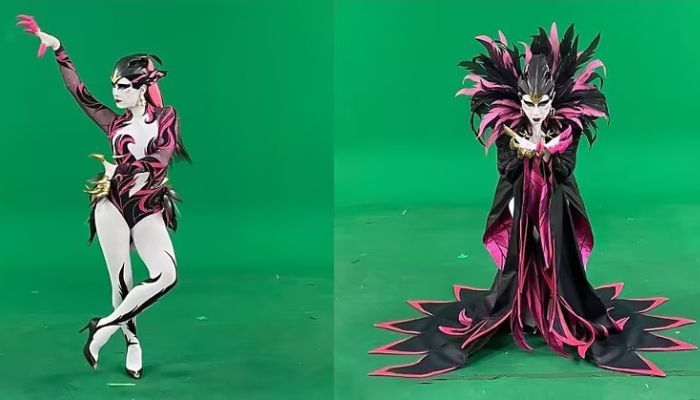
The process of designing and producing a high-end video game can take many years. If you imagine the game as an animated movie then you’re along the way to understanding the complexity involved. For instance, let’s take Pixar’s original Toy Story as an example. This took around 800,000 machine hours with 114,240 frames of animation for 77 minutes of movie. That’s a heck of a lot of work but the results are clear to see and the movie was a massive hit.
Video game design follows a similar path but obviously relies on different tech to produce the end result, the main difference being the interactivity with the characters and their environment. This is where developers are finding the use of 3D printers beneficial to creating the realism of movement and how characters interact with their own environment and objects.
The main aspect of character movement that causes most headaches for designers is the clothing or costume worn by said character. The last thing you want in a game where the world is a rich environment of color, detail and 3D rendered scenery is a 2-dimensional character that has no real flow when they move. Designers will therefore create a digital rendering of their creation and then 3D print it so they can see what it actually looks like.
A good example of this is the game developer, Ubisoft, who wanted a villain for their 2023 version of the Just Dance franchise (don’t ask me why there’s a dancing villain!). The character, Night Swan, had to look villainous which meant an elaborate and intricate costume was needed. Ubisoft therefore designed and printed the model to get a feel of what she would actually look like. They had previously done something similar for the 2021 release of Just Dance when they 3D printed a life size prosthetic arm/weapon for the game’s villain.
This is also how game’s like Just Dance are in fact created as there are so many possible moves involved with each character, they need to use motion tracking software on a real dancer to get all the combinations right. The dancer therefore needs to be also wearing the costume of the character which, of course, has 3D printed elements.
In other game franchises weapons play a big part of the gameplay so designers want to see how these react in conjunction with a character. In a similar way to dancing, some battle moves involving swords for instance, can be motion captured but again the actor needs to be wearing the armor/costume of the character while wielding the weapon. This is where the 3D printer comes to the rescue again and in effect creates a cosplay outfit for the actor.
Game design – Environment and Buildings
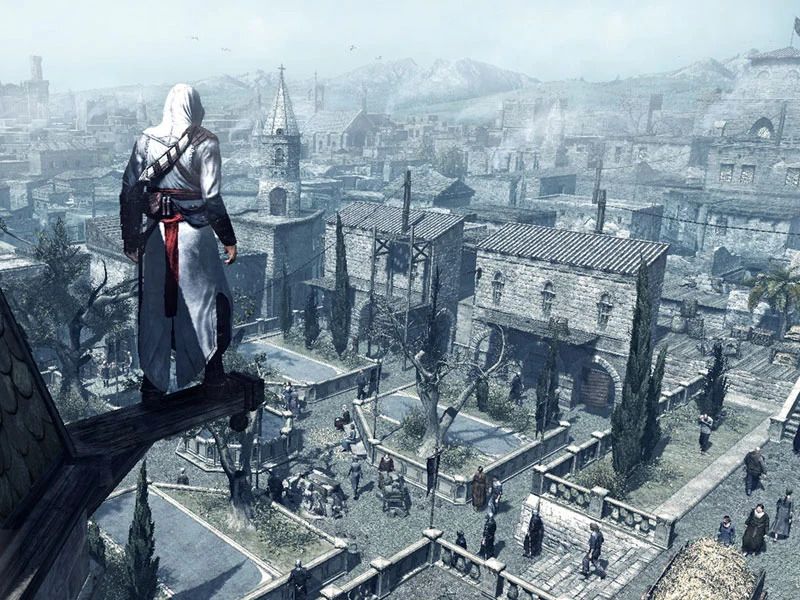
So I’ve looked a bit at how 3D printing is used to create a game character but what about their playing environment?
In the lead image to this article you can see an entire scale model of a building with miniature representations of plants and people for good measure. Everything you see there, apart from possibly the base, can be 3D printed. This gives a game designer something to work from and can bring a better perspective to the structure of the game than if they were working just from rendered images.
Of course, it’s not strictly essential to 3D print a building or other static object in order to develop a game but models like the one shown can be 3D printed even from the starting point of a simple hand drawing. This is particularly useful when games are developed from source material such as graphic novels. The game designer will already have the basis of the scenery as drawn by the artist but they will only have 2D representations and of only one side of a building or vehicle at a time. Being able to convert that drawing into a 3D printable model will bring life to the scenery, and indeed the character if we look at that aspect again, and therefore give the game designer far more scope for accuracy.
This also gives scope for the lead into producing merchandise which I’ll be looking at shortly. Back in around 2004 the developers of the global phenomenon that is Assassin’s Creed didn’t exactly use 3D printing to develop their ideas but were certainly heading that way. Originally, the designers laid out the landscape and buildings in a Lego brick or I guess you could now say, Minecraft style and then smoothed the textures using Adobe Flash. If we translate that to using a 3D printer you could easily make the jump from digital Lego to printing actual Lego. You can probably see where I’m going with this as we now have a vast array of Lego sets based on movie franchises and there are now even Sonic and Mario sets as well as replica models of the SNES and Atari game systems. Turn that on its head though and you get the equally vast array of Lego video games! The world is a strange and wonderful place.
Merchandising – Toys and Collectibles
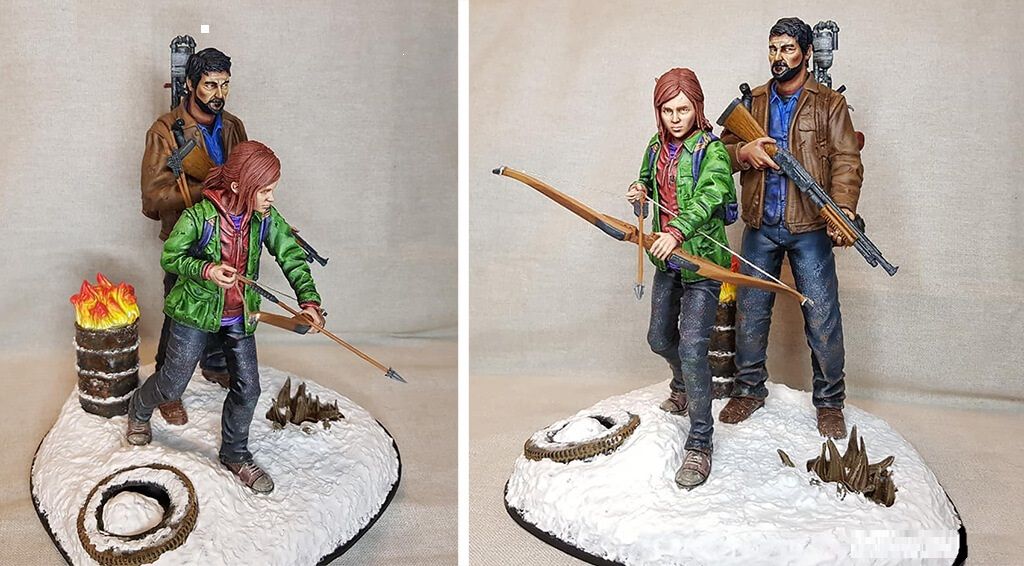
The world of merchandising is again a vast and very lucrative market. I’ve written before about the foresight of George Lucas with the deal he struck with 20thCentury Fox over Star Wars merchandising. I’m sure Fox have regretted that decision but it doesn’t seem to have hurt them too badly.
Decisions like that though can make or break a movie or game franchise and often without the revenue gained from merchandising aftersales and tie-ins, sequels and further games may never happen. Again, though, development of toys and game related merchandise wouldn’t be where it is today without the use of 3D printing to some degree.
Back in the earlier days of movie tie-ins, things like action figures or plastic lunch boxes were prototyped using the same process they’d use when put into full production. This was usually some form of injection molding which, in the case of an action figure, required an individual mold of a character to be made before the injection part took place. This could prove quite expensive and also resulted in some fairly inaccurate and low-resolution products.
3D printing allows for the easy and cheap production of multiple prototypes in a relatively short amount of time. The whole process of initial drawing to CAD (Computer Aided Design) to 3D printer can literally be done by one person sitting at a desk. This has obviously made the decision of company executives to produce game related merchandise easier as the development costs are much lower. The only consideration then is basing their merchandise output and variations on the success of the game and the target audience.
For example, going back to the Assassin’s Creed franchise, the target demographic for the games isn’t necessarily going to want toys and items aimed for children’s use. They’re more likely to want collectible figurines or replica weapons and artifacts from the game. This makes the designer’s job much easier as they can refer back to the prototype models they may have used to develop the game in the first place. The files can be adapted and scaled to whatever size needed and further 3D prototypes can be tested for salability.
For games like Sonic or Mario, these will have a much wider demographic so merchandise needs to be tailored to meet the more diverse age range. Playable toys and games as well as action figures and the aforementioned Lego sets cater for that wide range of enthusiast and 3D printing will have played a part in some of it’s development.
Merchandising – Other Products

If, like me, you attend the occasional exhibition, signing event or ComiCon you can’t fail to notice the extraordinary number of items for sale from the various vendor’s stalls. The majority of these are selling the kind of merchandise that I’ve already mentioned in the form of collectible figures, replica artifacts and other officially licensed products.
There are then of course things like the lunch boxes I mentioned, badges, stationary items, key fobs, pencil toppers, the list is almost endless. All of these items have either been tested and prototyped using 3D printing or they’ve actually been 3D printed as final products. In the case of mass-produced items like the ever present and ever popular Funko Pop! Vinyl figures these will have been prototyped but then made using the injection molding technique.
However, going back to the term “officially licensed”, I think it’s worth mentioning potential issues with this and indeed fake items that you may find for sale.
Merchandising – Copies and Fakes
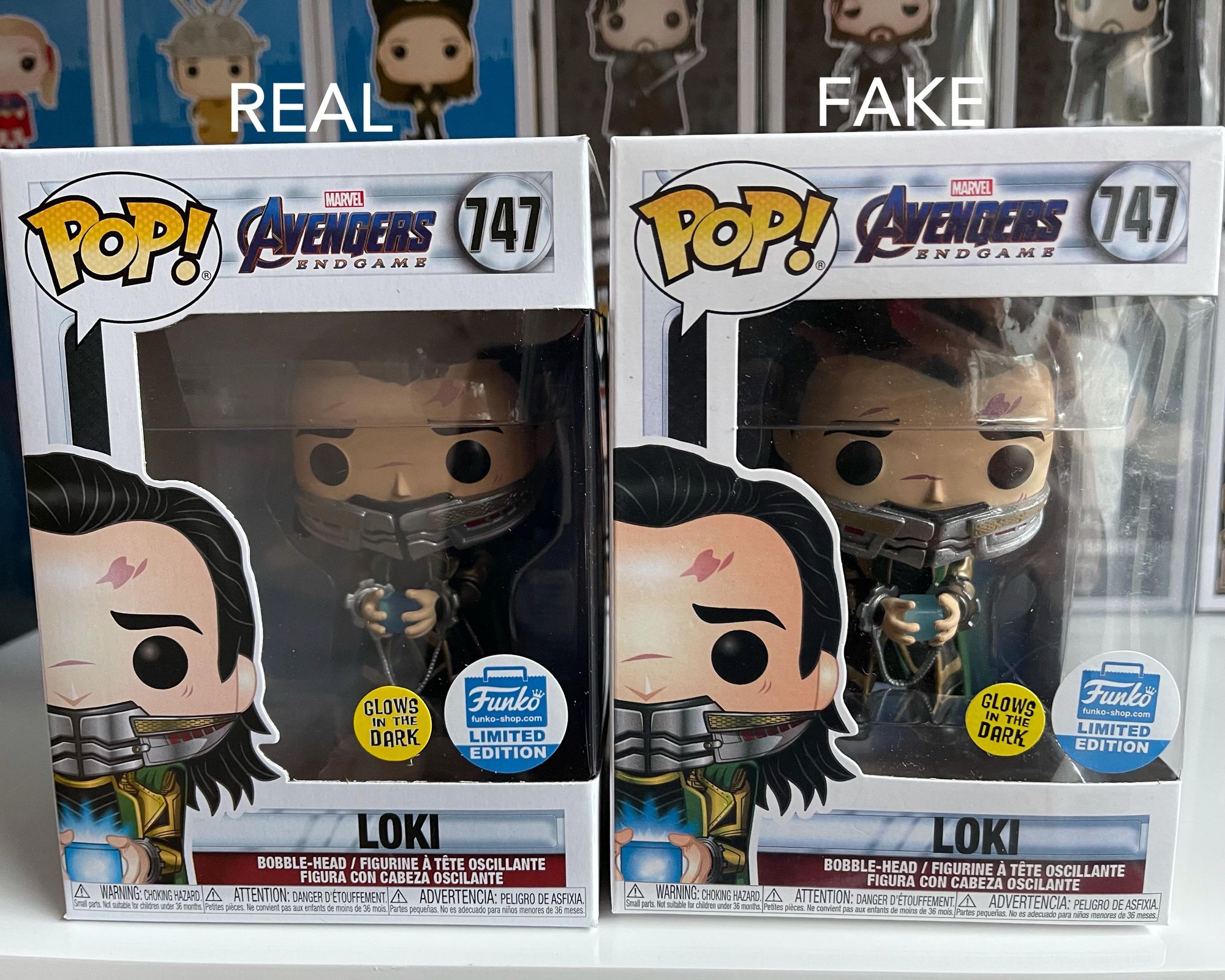
Time to get a bit serious now!
Some people have realized that there’s money to be made by 3D printing their own creations. This however can be a grey area when it comes to the whole licensing and copyright issue. If you want to get into printing your own figures or game related items, then that’s great and I would certainly recommend that you do so. But be careful if you decide that you want to try and sell your printed items on to other people.
The main issue is the design and unless it’s your own, then you can’t print it and sell it without the original designer’s permission. Also, you wouldn’t be able to scan and print a model that is for sale as this would again breach copyright. So, the best way to produce something that ties in with a video game is to design it yourself.
The way to definitely avoid any issues is by referring to your product as “fanart” and as long as it’s not a direct replica of an item that is already on sale from the franchise owner, you should be OK. For example, you can create your own design of a Batman figure and although its clearly of a character created by someone else, as long as it’s an original design, then its classed as fanart.
We then move on to the unfortunate issue of fakes and 3D printers are being used to produce figures, models and various other merchandise which is purported to be “official” but isn’t. In a lot of cases the packaging, labels and product itself look exactly the same as the real product but are indeed clever fakes. A prime example of this is the Pop! Vinyl figures I mentioned earlier which are fairly easy to 3D print. Some very rare items in the range can got for hundreds and even thousands of dollars so it’s a tempting prospect for the unscrupulous faker.
My advice therefore is to check carefully before buying anything that you think may be a fake. There are online groups and forums that will give you guidance on what to look out for so certainly give those a check before making that expensive purchase.
Final Thoughts
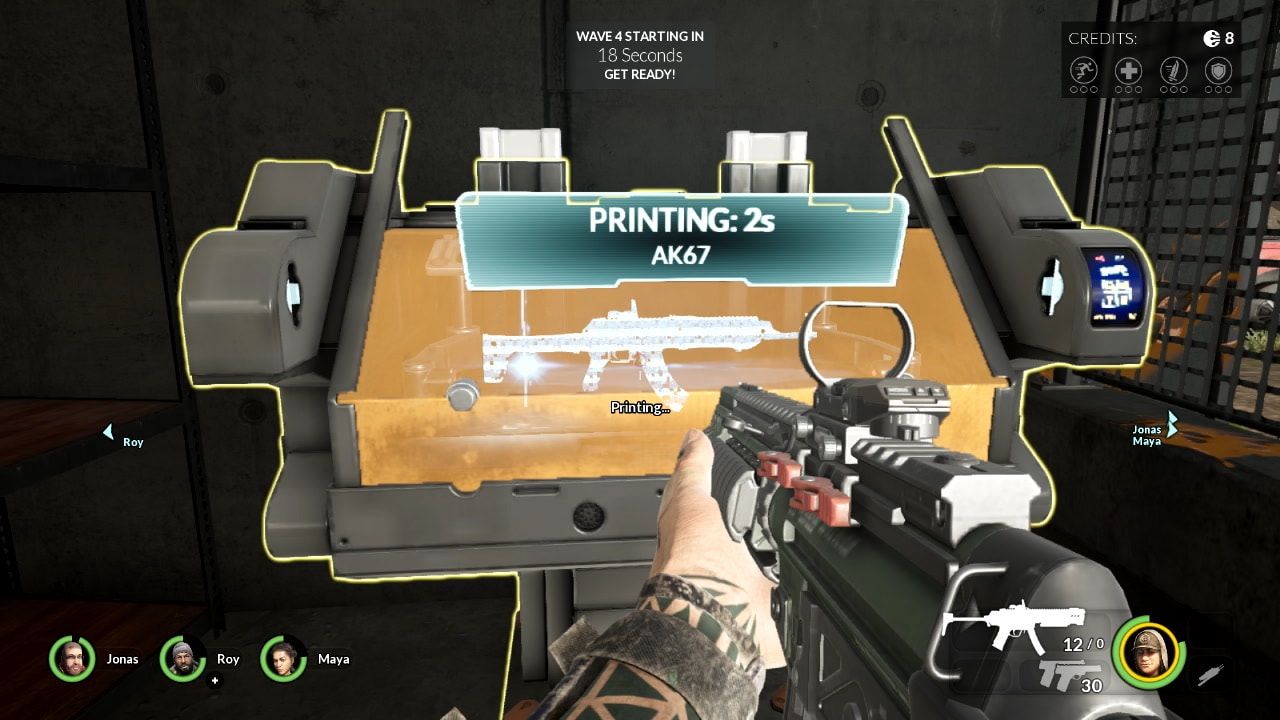
I apologise for digressing a bit at the end there with the comments on fakes etc. but I think as responsible hobbyists and users of 3D printers, we should all be aware of the pitfalls of either producing or buying something that breaks the law.
However, and on a brighter note, hopefully you will have seen that the advantages of using 3D printing in video game development and related merchandise are clear and will no doubt continue to be used. The 3D printing world is a fast moving one and new printers are being launched with more frequency than iPhone software updates! This though can only be a good thing for the future of video gaming so long may it continue.
Just as a very final thought on the concept of 3D printing in video gaming, you may want to check out the game Earthfall. A main part of the game is that you don’t just find or pick up weapons and equipment from fallen opponents. No, you have to 3D print them! Quite a unique concept of gameplay and one that, as far as I’m aware, didn’t really catch on. However, it’s always amusing to see a 3D printed gun or barricade being produced in a matter of seconds instead of hours or even days. Imagine if that were the case in the real world. No more overnight printing sessions for me!











Member discussion